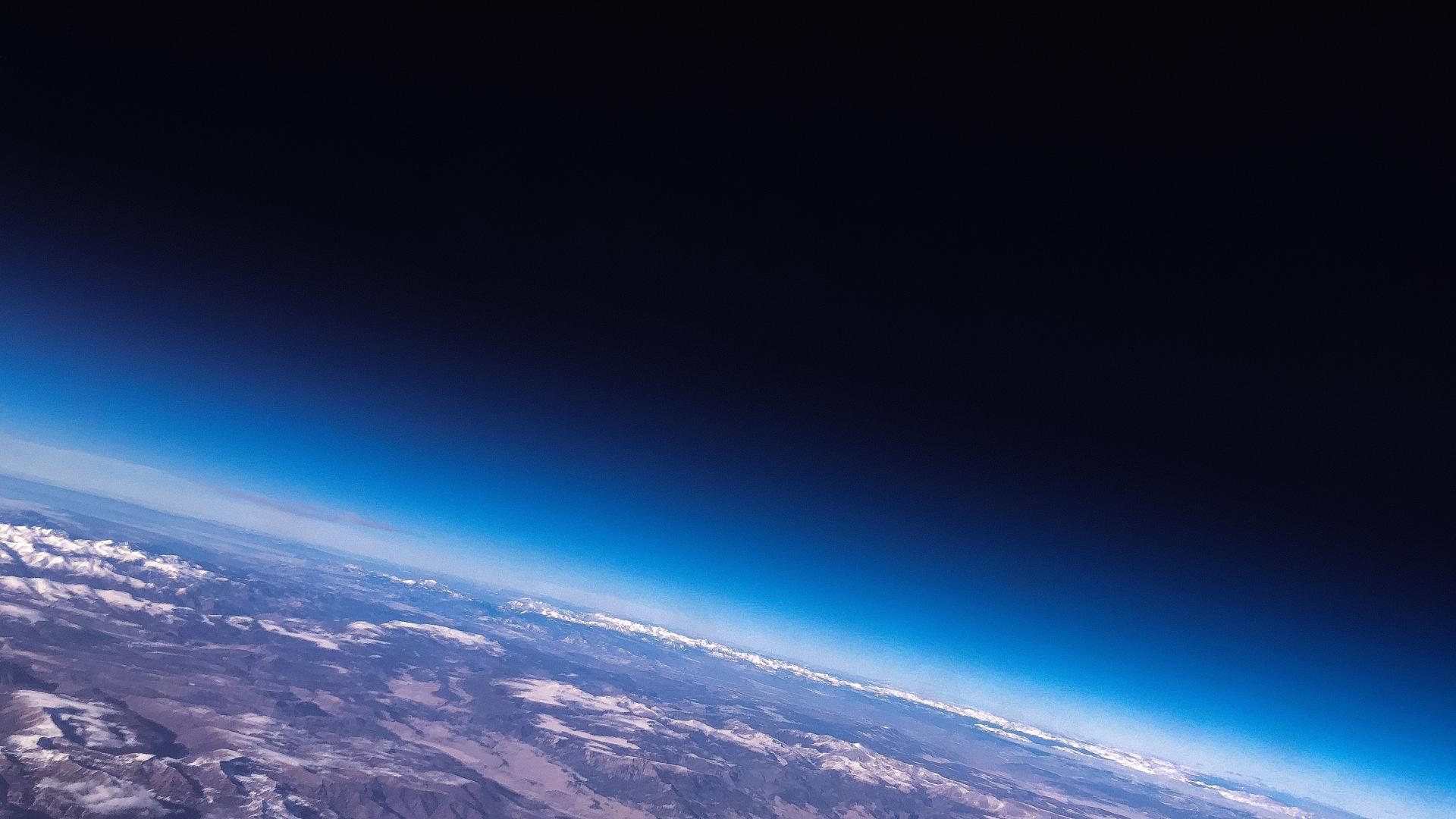19 March 2024
14 March 2024
ICI will make observations between 183 and 664 GHz, offering unique sensitivity to cloud ice. To support ICI calibration/validation (cal/val) activities and mission exploitation, an accurate model of atmospheric gas absorption in this frequency range is essential. The study developed a dataset of measurements from the MARSS and ISMAR radiometers aboard the FAAM aircraft, collected under clear sky conditions and at frequencies relevant to ICI. This dataset served to evaluate the recommended atmospheric absorption models following an extensive and comprehensive review. Additionally, the study assessed theoretical uncertainties in simulated brightness temperatures stemming from uncertainties in absorption model parameters. Further assessments utilized ground-based observations from the APEX astronomical telescope in Chajnantor, Chile.

The study aimed to achieve the following objectives:
- Provide recommendations for an atmospheric absorption model suitable for use with ICI, accompanied by a comprehensive assessment of the model’s theoretical uncertainties.
- Generate a dataset comprising airborne and ground-based observations that can serve to test and evaluate absorption models at frequencies pertinent to ICI
- Utilize the dataset to assess the effectiveness of the recommended absorption model.
Overview
The study comprised four main tasks:
- Conducting a literature review and making initial recommendations for an absorption model for further study.
- Generating a dataset of clear-sky observations by utilizing the MARSS and ISMAR radiometers on the FAAM aircraft, and employing these observations to assess the recommended absorption model.
- Performing a comprehensive analysis of the theoretical uncertainties associated with the absorption model.
- Collecting observations at a very fine spectral resolution from a ground-based astronomical telescope to further evaluate and refine absorption models.
Task 1 focused on the major atmospheric gases affecting absorption in the millimetre and sub-millimetre spectrum, namely oxygen, water vapour and ozone. Particular attention was given to water vapour due to its prevalence at ICI frequencies. Specifically, the study examined six primary water vapour absorption lines and the water vapour continuum. The review identified two primary sources for spectroscopic parameters and recommended considering models derived from experimental campaigns conducted by Atmospheric and Environment Research (AER), a U.S.-based experimental research centre, as well as models developed by Philip W. Rosenkranz based on laboratory studies conducted by the Russian Academy of Sciences for the remainder of the study.
For Task 2, flights were conducted with the FAAM aircraft during the summer of 2021. Previous airborne data primarily sampled relatively cold and dry atmospheres, and these new flights extended the observations to warmer and more humid conditions. Radiometric observations from both the new and existing flights were combined with measurements of atmospheric profiles, including temperature and water vapour, to create a dataset suitable for evaluating absorption models.
The atmospheric profiles were utilized to simulate brightness temperatures using the absorption models recommended in Task 1. These simulated brightness temperatures were then compared to the measured brightness temperatures obtained from MARSS and ISMAR. Both upward-looking and downward-looking perspectives were taken into consideration. It was observed that there was a good agreement between the observations and simulations, especially when factoring in the uncertainty in the atmospheric profiles. Thus, these models should be deemed suitable for use with ICI.
The theoretical analysis conducted in Task 3 examined the uncertainties within the model by considering the impact of uncertainties in individual spectroscopic parameters, as well as the potential correlations between these parameters stemming from their measurement. It was demonstrated that across the entire range of MWI and ICI channels, the largest uncertainties were observed in the atmospheric window channels, primarily driven by uncertainties in the water vapour continuum parameters. However, in the case of ICI, except at 243 GHz, the greatest uncertainty arises from the strength of the sub-millimetre water vapour lines and their associated temperature dependence, falling within the range of 0.07-0.26K.
In Task 4, recent ground-based observations were conducted using the APEX telescope located in Chajnantor, Chile, under dry and stable atmospheric conditions. These observations possess exceptionally high spectral resolution, enabling a thorough examination of absorption line properties. The APEX observations have been compared to simulations using the ATM radiative transfer model, which is widely utilised within the astronomical community. Furthermore, these findings will serve as a benchmark for evaluating alternative models in future research endeavours.

